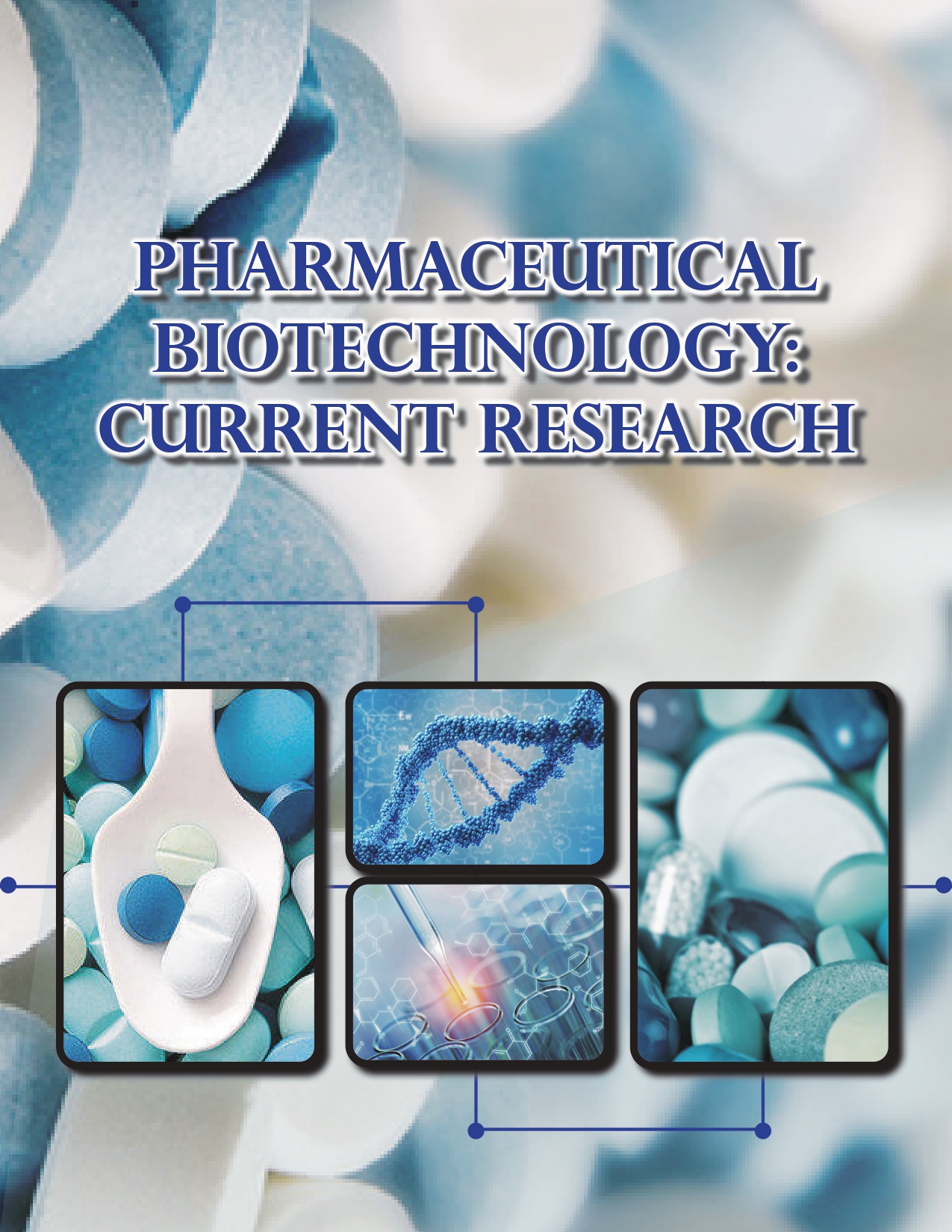Functional Genomics and Research in Soybean Genetics and Genomics Database
Fatma Celenk*
Department of Medical Genetics, Ege University, Bornova, Turkey
- *Corresponding Author:
- Fatma Celenk
Department of Medical Genetics,
Ege University,
Bornova,
Turkey,
Email: celenkfaytma@gmail.com
Received Date: December 02, 2021; Accepted Date: December 17, 2021; Published Date: December 24, 2021
Citation: Celenk F (2021) Functional Genomics and Research in Soybean Genetics and Genomics Database. J Pharm Prac Edu Vol.5 No.7: 24.
Description
Lactic corrosive microbes have been utilized in maturation processes for centuries. Late applications, for example, the utilization of living societies as probiotics have essentially expanded modern interest. Related bacterial strains can contrast altogether in their genotype and aggregate, and highlights from one bacterial strain or animal types can't really be applied to a connected one. These strain or family-explicit contrasts regularly address special and material characteristics. Beginning around 2002, the total genomes of 13 probiotic LABs have been distributed. The show will examine these genomes and feature probiotic characteristics that are anticipated, or practically connected to hereditary substance. We have directed a relative genomic investigation of 4 totally sequenced Lactobacillus strains versus 25 lactic corrosive bacterial genomes present in the public data set at the hour of examination. Utilizing Differential Blast Analysis, every genome is contrasted and 3 other Lactobacillus and 25 other LAB genomes. Differential Blast Analysis featured strain-explicit qualities that were not addressed in some other LAB utilized in this examination and furthermore recognized gathering explicit qualities shared inside lactobacilli. Lactobacillus-explicit qualities incorporate bodily fluid restricting proteins engaged with cell-grip and a few vehicle frameworks for sugars and amino acids. Near genomic examination has recognized quality focuses in Lactobacillus acidophilus for practical investigation, including grip to mucin and digestive epithelial cells, corrosive resilience, bile resistance, and majority detecting. Entire genome transcriptional profiling of L. acidophilus, and isogenic freaks thereof, has uncovered the effect of shifting conditions (pH, bile, starches) and food lattices on the statement of qualities critical to probioticconnected components.
SoyBase, the USDA-ARS soybean hereditary data set, is a far reaching storehouse for expertly arranged hereditary qualities, genomics and related information assets for soybean. SoyBase contains the latest hereditary, physical and genomic arrangement maps coordinated with subjective and quantitative characteristics. The Quantitative Quality Loci (QTL) address over 18 years of QTL planning of in excess of 90 one of a kind characteristics. SoyBase likewise contains the all-around explained 'Williams 82' genomic arrangement and related information mining instruments. The hereditary and grouping perspectives on the soybean chromosomes and the broad information on attributes and aggregates are widely interlinked. This permits section to the data set utilizing practically any sort of accessible data, for example, hereditary guide images, soybean quality names or phenotypic attributes. SoyBase is the vault for controlled vocabularies for soybean development, advancement and attribute terms, which are additionally connected to the more broad plant ontologies. SoyBase can be gotten to the microbes finally.
The last ten years has seen a huge expansion in soybean. The main sub-atomic hereditary guide of a couple hundred RFLP markers has developed to north of 4000 loci enveloping RFLP, RAPD, SSR and SNP markers. North of 1,000 Quantitative Characteristic Loci (QTL) addressing in excess of 90 agronomically significant attributes have been planned in soybean. More than 1.4 million nucleotide and communicated grouping tag (EST) arrangements are accessible in open vaults. Full scale and miniature exhibits in view of ESTs have been created and are being utilized to produce articulation information for huge number of qualities under various exploratory conditions. The unfinished part that starting in the the genomic grouping of th e c ultivar ' Williams 82' is to b e accessible. Grouping explanation tracks for quality calls, the BAC-based actual guide, the Affymetrix SoyChip1 test sets and various quality articulation projects are given in SoyBase. In light of the requirements of the soybean research local area, the USDA-ARS created SoyBase as a focal store for hereditary and genomic information and related assets for soybean, as well as a solitary beginning stage for admittance to other lab explicit pages and concentrated informational collections. In this article, we present an outline of the significant segments of SoyBase and a portion of the apparatuses accessible for information mining and looking through the data set. The hereditary and actual guides in SoyBase are shown utilizing the near map watcher CMap. As well as giving perspectives on single gatherings of the CMap gives the capacity to at the same time see related guides. Soybean is a new tetraploid, having gone through polyploidy an expected 10-15-million years prior. The capacity to see various developmentally related chromosomes or districts in this manner, especially helpful in soybean. SoyBase is planned to be a focal asset for soybean analysts. Notwithstanding the information, guides and apparatuses portrayed over, various local area assets are made accessible either as information or as connections to different destinations.
Open Access Journals
- Aquaculture & Veterinary Science
- Chemistry & Chemical Sciences
- Clinical Sciences
- Engineering
- General Science
- Genetics & Molecular Biology
- Health Care & Nursing
- Immunology & Microbiology
- Materials Science
- Mathematics & Physics
- Medical Sciences
- Neurology & Psychiatry
- Oncology & Cancer Science
- Pharmaceutical Sciences
